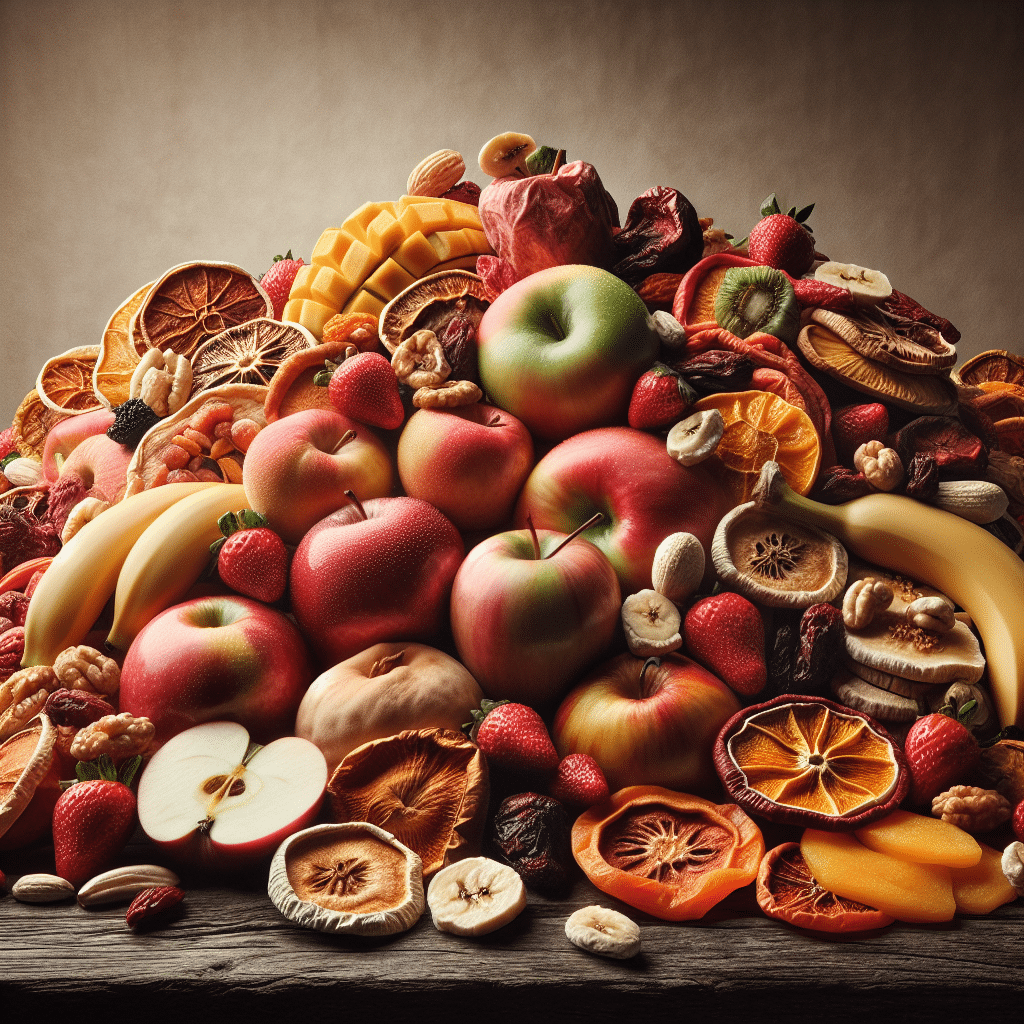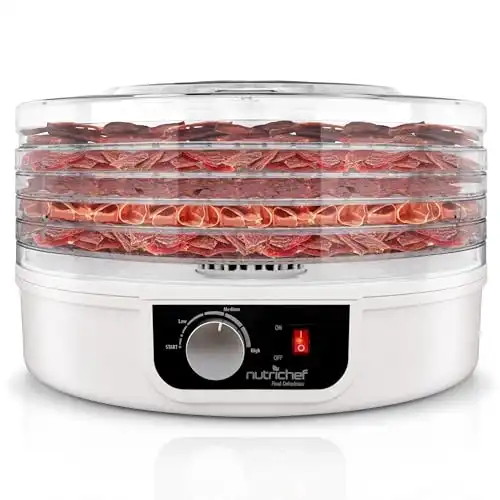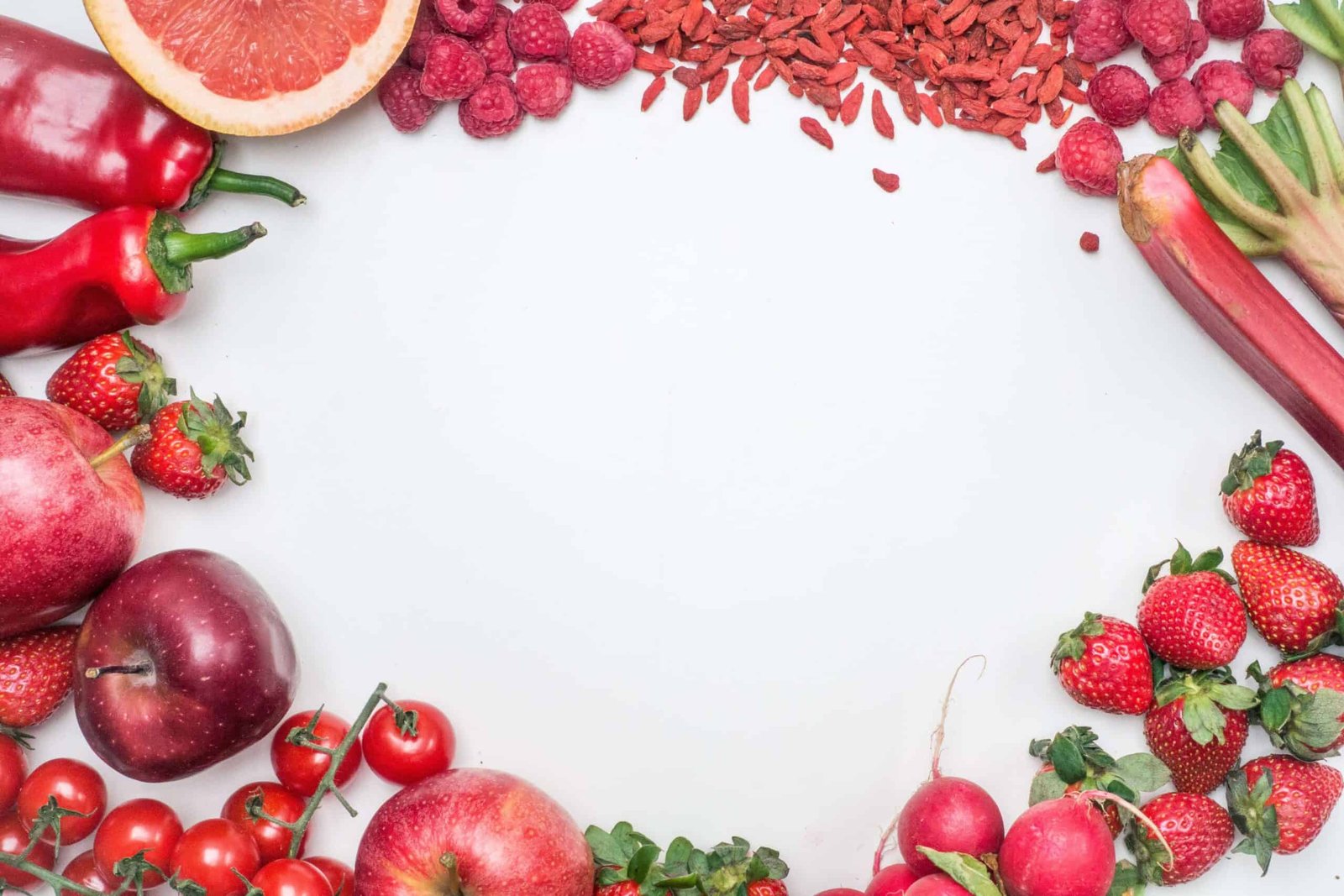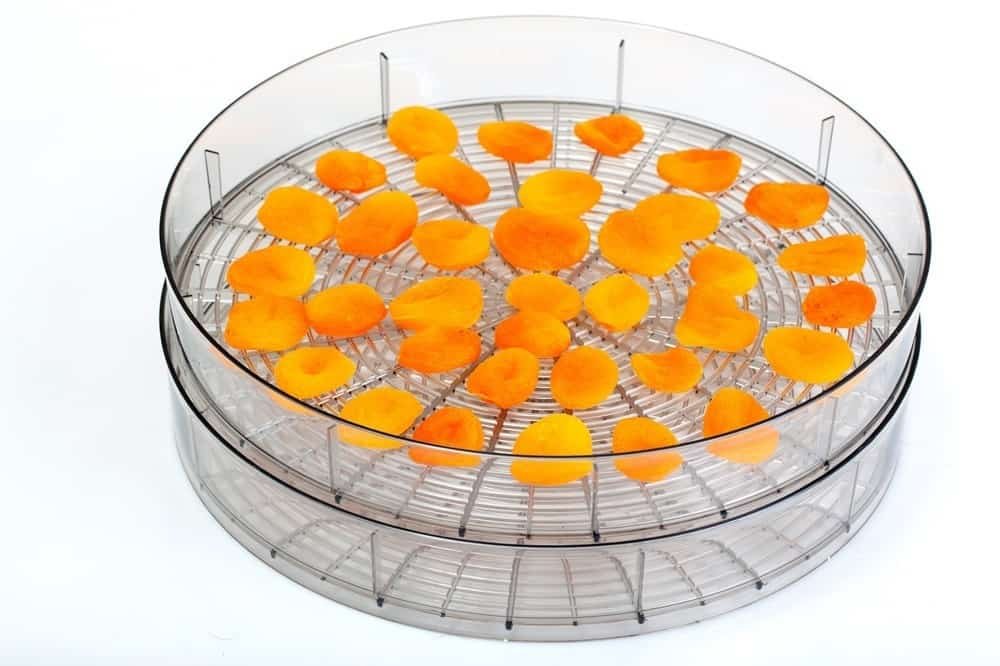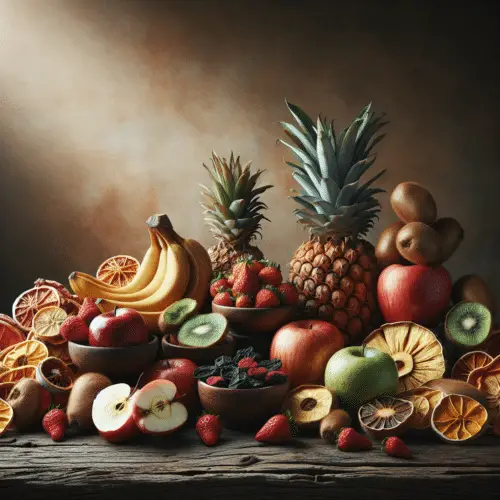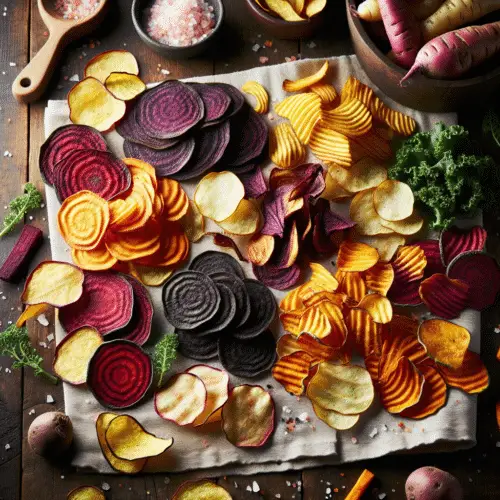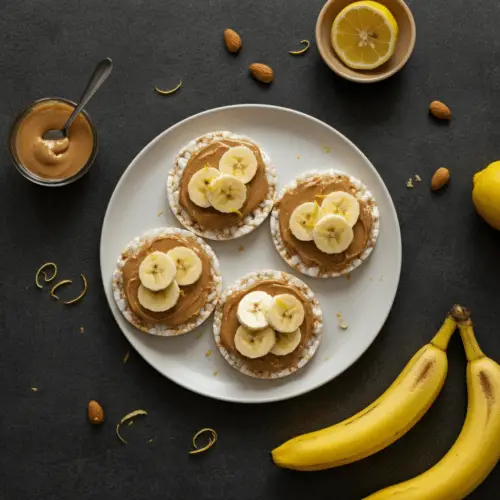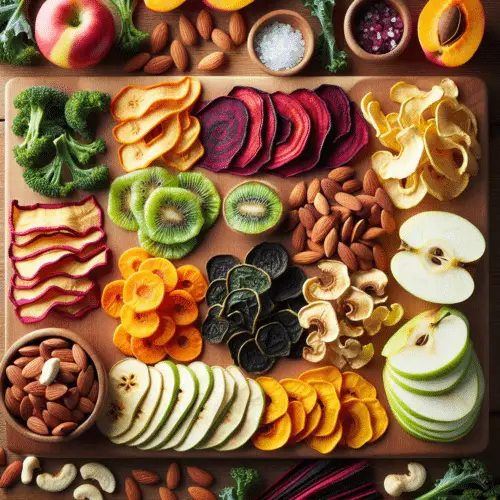Dehydrated fruits are a favorite among health buffs and foodies, a delicious and healthy way to have fruit all year round. If you’re looking for the best dehydrated fruit recipes you’re in the right place. This post will walk you through how to dehydrate fruit, share some yummy recipes, and give you tips on how to use these super versatile ingredients. Let’s get into dehydrated fruits!
Dehydrated Fruits and Benefits
Dehydrating fruit involves removing water from fresh fruit and turning them into chewy, flavourful treats. This not only extends the life of the fruit but also concentrates the natural sweetness and nutrients. Dehydrated fruit is a powerhouse of vitamins, minerals, and fiber, making it a great snack for kids and adults. They are also lightweight and portable, perfect for on-the-go snacking, hiking trips, or adding to lunch boxes.
In addition to being convenient, dehydrated fruit has many health benefits. They are rich in antioxidants that help combat oxidative stress and inflammation in the body. The high fiber content helps with digestion and weight management by keeping you feeling full. And since dehydrated fruit retains most of its nutritional value, they are a great way to have fruit even when they are out of season.
Dehydrating Fruits at Home Essentials and Tips
To get started with dehydrating fruit at home you’ll need some basic equipment and a few handy tips:
Equipment:
- Dehydrator: A dehydrator is the best tool for dehydrating fruit. It allows you to control the temperature and airflow for even drying. If you don’t have a dehydrator you can use your oven at the lowest temperature.
- Sharp Knife or Mandoline: For even slicing fruit a sharp knife or mandoline slicer is a must.
- Cutting Board: A sturdy cutting board will make the slicing process smoother and safer.
- Lemon Juice or Ascorbic Acid: To prevent fruit from browning during the drying process you can treat them with a solution of lemon juice or ascorbic acid.
Tips:
- Fresh and Ripe Fruits: Choose fruit that’s in season for the best flavor and nutritional value.
- Even Slicing: Slice fruit evenly so they dry at the same rate.
- No Overlapping: Place fruit slices in a single layer without overlapping for good air circulation.
- Check Drying Time: Different fruits have different drying times. Check your dehydrator or oven regularly to avoid over drying.
- Store Well: Once dry store fruit in airtight containers to keep them fresh and crunchy.
Recipes for Dehydrated Fruits
Dehydrated Apples
Ingredients:
- Fresh apples (any variety)
- Lemon juice (optional)
Instructions:
- Wash and core the apples. Peel if desired.
- Slice the apples into 1/8-inch thick rings or wedges.
- Dip the slices in lemon juice to prevent browning.
- Place the apple slices in a single layer on the dehydrator trays.
- Set the dehydrator to 135°F (57°C) and dry the apples for 6-8 hours or until they are pliable and no moisture remains.
- Let the apples cool before storing in airtight containers.
Dehydrated Bananas
Ingredients:
- Ripe bananas
- Lemon juice (optional)
Instructions:
- Peel the bananas and slice them into 1/4-inch thick rounds.
- Dip the banana slices in lemon juice to prevent browning.
- Place the slices on the dehydrator trays in a single layer.
- Set the dehydrator to 135°F (57°C) and dry for 8-10 hours or until chewy and no moisture remains.
- Let the banana chips cool before storing them in airtight containers.
Dehydrated Strawberries
Instructions:
- Wash and hull the strawberries.
- Slice the strawberries into 1/8-inch thick slices.
- Place the strawberry slices in a single layer on the dehydrator trays.
- Set the dehydrator to 135°F (57°C) and dry for 6-8 hours or until no longer sticky and leathery.
- Let the strawberries cool.
Dehydrated Mangoes
Ingredients:
Instructions:
- Peel the mangoes and cut the flesh away from the pit.
- Slice the mangoes into 1/4-inch thick strips.
- Place the mango slices in a single layer on the dehydrator trays.
- Set the dehydrator to 135°F (57°C) and dry for 8-12 hours or until pliable and no moisture remains.
- Let the mango slices cool before storing them in airtight containers.
Ways to Use Dehydrated Fruits in Meals and Snacks
Dehydrated fruits are not just for snacking. Here are some ways to use them:
- Trail Mix: Mix dehydrated fruits with nuts, seeds, and dark chocolate for a tasty and energy-boosting trail mix.
- Breakfast Toppings: Sprinkle dehydrated fruit pieces on top of oatmeal, yogurt, or cereal for added flavor and nutrition.
- Baking: Add dehydrated fruits to muffins, cookies, and bread for a sweet and chewy twist.
- Salads: Mix dehydrated fruits into salads for a touch of sweetness and texture.
- Smoothies: Soak the fruits in water for a few minutes and then blend into smoothies for extra flavor and nutrition.
- Homemade Granola: Add dehydrated fruits to your homemade granola recipes for a burst of natural sweetness.
Storage Tips and Shelf Life of Dehydrated Fruits
Storage is key to keeping dehydrated fruits fresh and long lasting. Here are some tips:
- Cool, Dark Place: Store dehydrated fruits in a cool, dark place to prevent light and heat from degrading them.
- Airtight Containers: Use airtight containers or vacuum sealed bags to keep moisture and air out.
- Refrigeration: For longer shelf life store dehydrated fruits in the refrigerator especially in humid climates.
- Labeling: Label containers with the date dehydrated to keep track of age.
Dehydrated fruits can last several months to a year when stored properly. But best to consume within 6 months for optimal flavor and nutrition.
Conclusion
Dehydrating fruits at home is a great way to enjoy the season all year round. With these dehydrated fruit recipes, you can make delicious and nutritious snacks for any occasion. From apples and bananas to strawberries and mangoes the possibilities are endless. Dehydrated fruits are a healthy snack option and add a burst of flavor and texture to many dishes. By following the storage tips you can keep your dehydrated fruits fresh and enjoyable for months to come. Dehydrate and enjoy the taste of summer even in the winter!
Hey there, since 2016, my mission has been to provide you with the information and guides you need to make food dehydrating simple and fun. Whether you're a newbie or a seasoned pro, my site offers helpful guides, reviews, and recipes to enhance your dehydrating experience. I take pride in only recommending products I believe in, ensuring my readers' trust. As an affiliate of various programs, including Amazon Associates, your support helps me continue providing quality content. Thanks for stopping by, and happy dehydrating!

